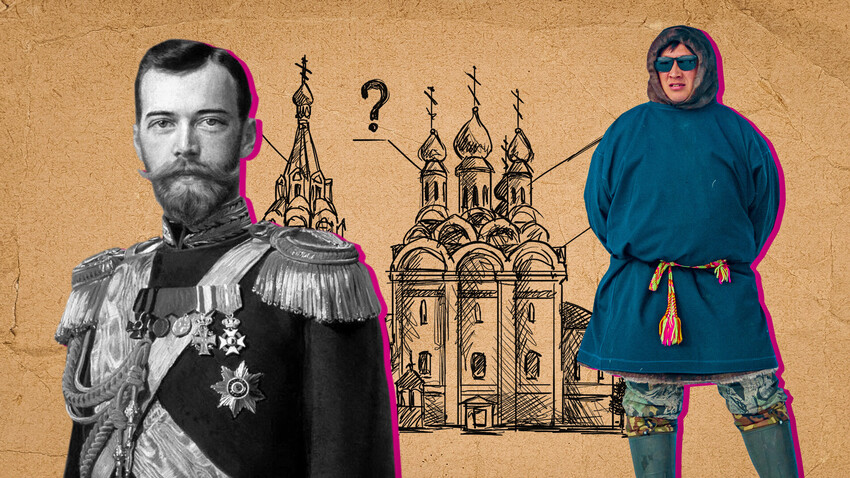

Our correspondent visited Cheboksary, the capital of the Chuvash Republic, where its national museum unveiled an extraordinary feature – an embroidered ethnographic map of the entire Russia. Craftsmen from each Russian region meticulously embroidered their area in a distinct national style. For instance, Yakutia, known as the largest and coldest region, was symbolized by a tree of life, while the Kamchatka peninsula was represented with volcanoes and bears motifs.

Imagine a Formula One race, but, instead of cars, there are reindeer sleds speeding through the track and city? This is how ‘Reindeer Herder Day’ is celebrated each spring in the Russian Far North, where temperatures are still freezing and the landscape snowy. Our correspondent and photographer were fortunate enough to attend this traditional festivity. Don’t miss their vivid report!

This remote area situated far above the Arctic Circle became populated in 1949, following the inauguration of its first copper plant. Today, half of the city's 175,000 residents are employed at the Norilsk Mining and Metallurgical Combine. The saying goes that “Norilsk is forever in their hearts and lungs”. We spoke with some of the residents to find out how they cope with the harsh living conditions.

Kaliningrad, the country's westernmost region, is home to most of the world’s supply of amber. We visited this unique area and learned about the industrial-scale extraction of amber and what it entails.

It may sound like a folklore tale, but it really is a true historical event. Ivan Kachalkin, a peasant from Altai, fell victim to an extremely rare condition of deep lethargy, leading him to sleep for 22 years. During this time, he missed significant political upheavals in the country. When he awoke, it was to a world transformed. We found out what happened to him when he finally awoke.

In 2014, a story unfolded and shocked the nation. A little girl, merely three years old, was playing outside with her puppy, but failed to return home. Tragically, her parents and relatives only noticed her absence on the third day. In the wild, formidable taiga, no one believed that such a young child could survive. Yet, after 12 days, she was miraculously found, her faithful dog having kept her warm and protected. Discover how she managed to endure those harrowing days in our detailed story.
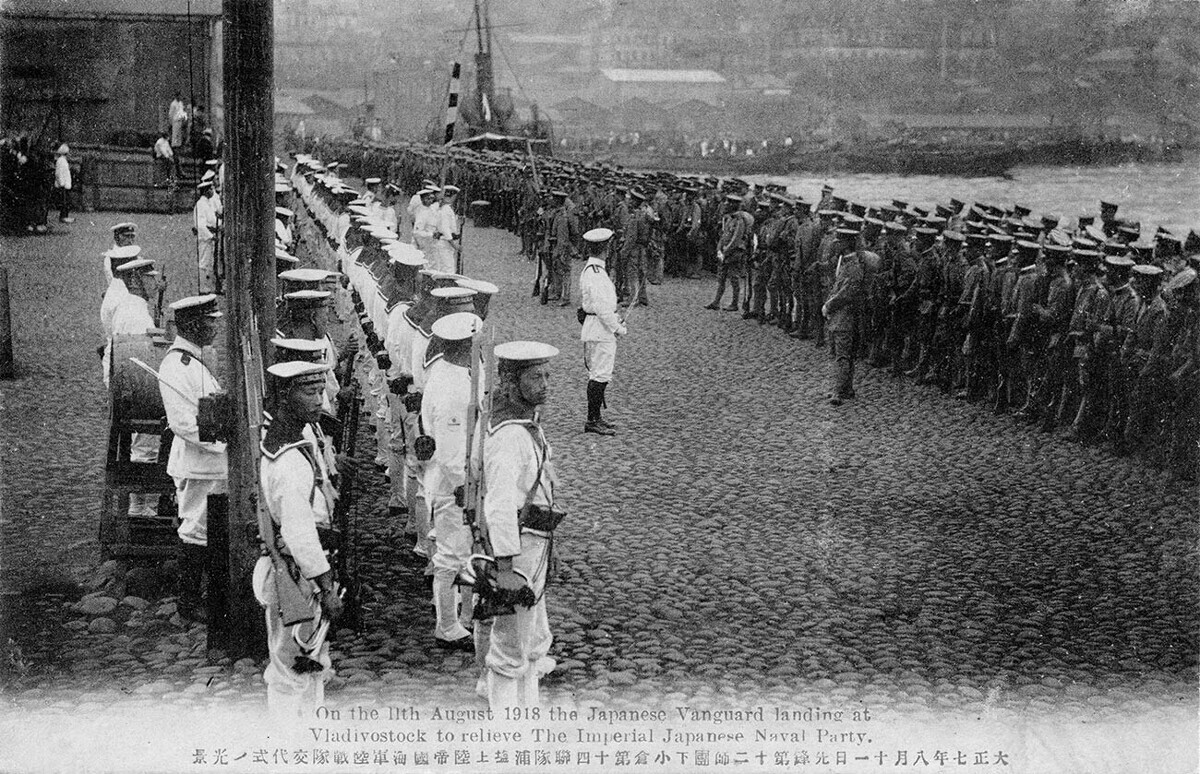
Japanese troops landing at Vladivostok, Russia, 11 August 1918
Culture Club/Getty ImagesJapan, allying with Hitler's in World War II, harbored ambitions to capture Soviet Siberia and the Far East. However, they refrained from directly engaging the Red Army, opting instead to wait for the Nazis to weaken Soviet forces. This strategy of hesitation and the consequences it entailed are explored in our detailed historical research.

In a notable episode of World War II, Bulgarian Tsar Boris III made the bold decision not to send troops to the Eastern Front, defying expectations as Hitler’s ally. This decision sparked long-standing rumors within Bulgarian society, some even speculating that the Nazis poisoned Tsar Boris III in retaliation. Uncover the story of his remarkable courage and the real reasons behind his decision in our in-depth exploration.
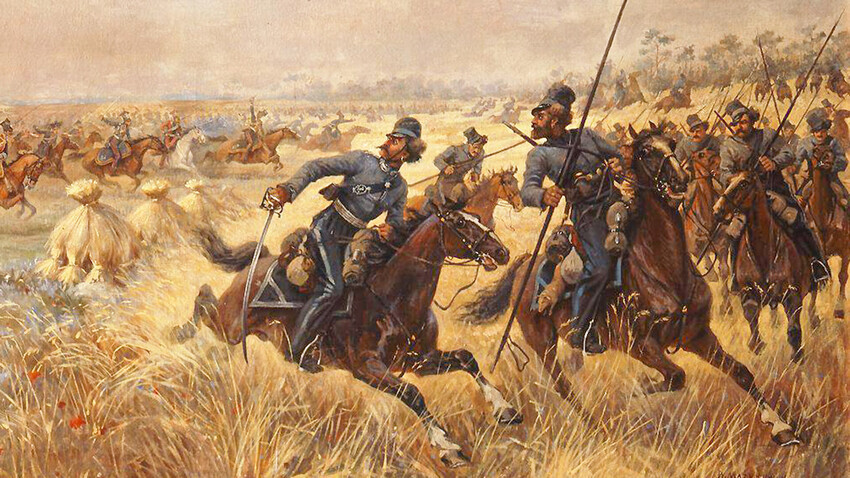
The recent release of Ridley Scott’s movie about Napoleon has reignited global interest in the story of his Europe invasion. Despite Napoleon Bonaparte’s initial successes, a pivotal moment was the ‘Battle of Mir’, where Russian Cossacks emerged victorious. This triumph significantly boosted the morale of the Russian army and their determination to protect the Empire. Explore this historical episode here.

Have you ever wondered about the challenges of finding a toilet in 19th-century Russian cities? Why were staircases often foul-smelling, what exactly is an 'absorption well' and why might a respectable gentleman find himself wary of the yard keeper? These questions, which would have been second nature to any urban dweller in Imperial Russia, reveal a fascinating aspect of daily life and sanitation practices of the era.

It's remarkable to consider that in Russia, a country marked by turbulent history, some companies have thrived for over 300 years! These enduring enterprises, originating in the imperial era, continue to produce highly sought-after items like fine porcelain, wooden shawls, chocolate, wines and more. Their products have stood the test of time, remaining popular with consumers to this day. Learn more about these historic brands and their fascinating journeys here.

We compared what $100 could buy in Russia, from the Tsarist era through the Soviet period and into the present day. How have the prices of food and other commodities evolved over the past two centuries? When was one dollar equivalent to 1.94 rubles and how drastically has this rate changed since then? Find out here!

"A tsarevna visiting a cloister," 1912, by Vasiliy Surikov
Tretyakov galleryIn the era before Peter the Great, Russian ladies had a penchant for cosmetics, a detail often noted in the diaries of foreign visitors. Unbeknownst to them, however, their favored products like whitewash and ‘rouge’ were actually laced with toxic substances, posing a silent, but deadly threat to their health.
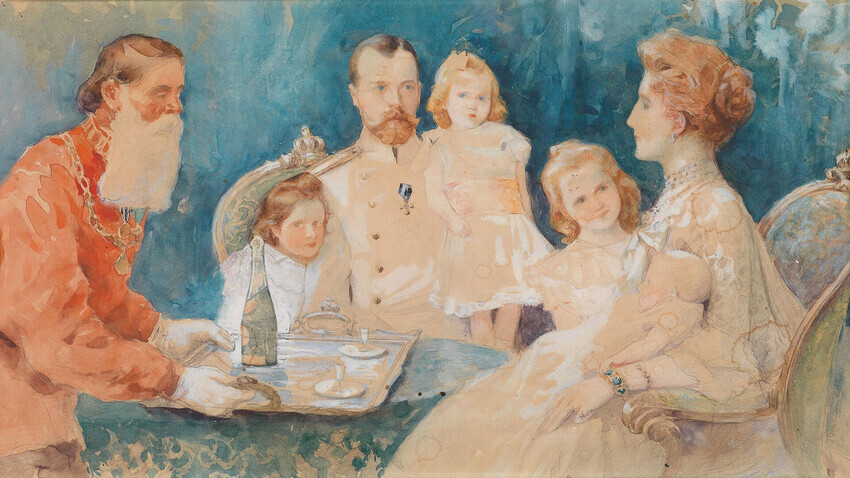
Tsar and family, 1902. Elena Samokish-Sudkovskaya
Public DomainContrary to expectations of luxurious dining befitting a monarch, the last Russian tsar had surprising culinary preferences. His typical breakfast included simple staples like bread with butter and easy-to-prepare stuffed pies. For lunch, he often chose humble pearl barley soup, akin to a peasant’s meal. Interestingly, he also had an aversion to caviar! Discover more about the tsar's favorite foods and his unique dining habits here.

Throughout the year, we’ve been showcasing recipes of traditional Russian dishes and beloved Soviet-era meals, complete with beautiful step-by-step photos. Don’t miss our latest feature: the nutritious ‘Amosov’s Paste’. Created by a renowned Soviet cardiologist, this superfood is packed with vitamins and made from the wholesome blend of apricots, figs, lemon and honey.

In Russia, known for its vast distances, passengers often spend up to six nights on long-haul trains. While most trains offer restaurant and food services, bringing aboard one's own food is a time-honored tradition. There are unique features and customs associated with dining on Russian trains that are fascinating to learn. Additionally, there are specific rules and etiquettes to be aware of, ensuring a pleasant journey for everyone! Dive into the world of onboard dining in Russian trains with us.

While Russian cuisine celebrates pastries, the culinary traditions of the Caucasus region take an absolute devotion to pies to a whole new level! Discover the rich variety of local pastries from different parts of the Russian Caucasus, including baked, fried and even deep-fried creations. There are hundreds of fillings to explore… you might find yourself drooling irresistibly!

Moscow's skyline is defined by the iconic ‘Seven Sisters’, a group of skyscrapers conceived as part of Stalin's grand architectural plan. His ambitious project of eight buildings was completed only after Stalin's death. These towering structures now include the Moscow State University, the Ministry of Foreign Affairs, various hotels and residential apartments. Read our guide, which includes an in-depth look at each of these historic skyscrapers, here.

Moscow, the capital of Russia, is a city where centuries of construction have created a striking array of contrasts. As a result, today, you can see architectural styles from imperial Russia, Soviet-era designs, as well as post-Perestroika modern experiments all within the same city block. We showcase the brightest examples of each of these architectural styles!

In Russia, where Islam is the second largest religion, approximately 13.6% of the world's Muslim population resides. This long-standing coexistence with the Christian community, spanning centuries within the same nation, has fostered a unique environment for finding common ground. Despite this history of cohabitation, are there challenges that still persist today?

At first glance, Russian Orthodox church buildings may appear intricate and complex. However, each element of their structure has been meticulously designed, carrying deep meaning and significance. To help demystify these architectural marvels, we have prepared a series of illustrations.

The Russian imperial court was renowned for its love of extravagant festivities and each monarch knew how to host a sumptuous ball with flair. These events were spectacles of surprises, captivating entertainment and, of course, elegant dancing. Join us as we unveil some of the most magnificent tsarist balls!

Russian artistic talent extends beyond the confines of museums and galleries, making its mark in parks, squares and various public spaces around the globe. In this feature, we spotlight 10 of the most remarkable public artworks by Russian artists, each a testament to their creative vision and cultural impact.

Grisha Perelman, a renowned Russian math genius, is a unique national hero for his extraordinary intellect. He famously turned down a one-million-dollar prize from the Clay Mathematics Institute and now, in his 50s, leads a quiet life with his mother on the outskirts of St. Petersburg. However, his wish for privacy remains a challenge, as many struggle to honor his request to be left alone.

Journey with us from ‘А’ to ‘Я’ as we unveil intriguing facts about the 33 letters of the Cyrillic alphabet, which was developed in the 9th century by Greek brothers Cyril and Methodius for the Slavic world. Learn Russian letters with our witty illustrations!
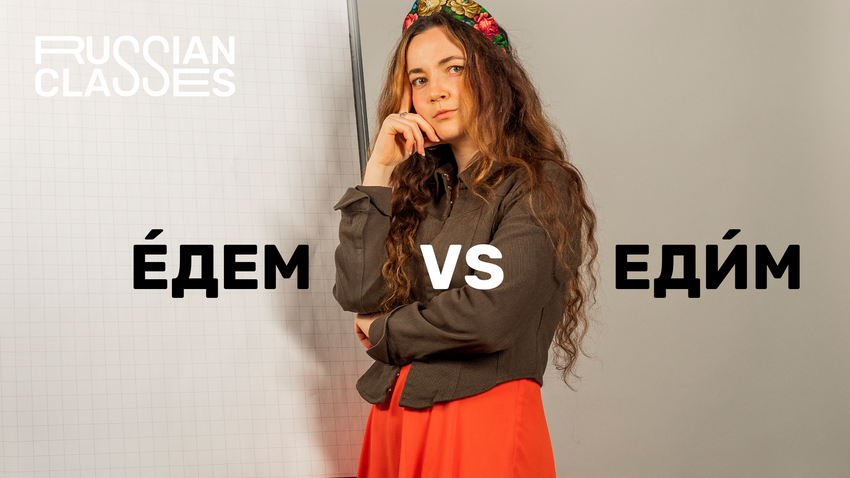
This year, we’ve started our own series of fun, short lessons for learning Russian, designed to guide you through the complexities of the language. Be it confusing verbs, suffixes or cases – we’ve got you covered. In addition, we offer tutorials – such as the one on how to order in a restaurant.
Curious about the meanings behind some weird Russian phrases? Check out our dedicated section where we decode and explain some of them.

The Russian language is incredibly rich and has many different expressions and words that don’t exist in other languages. However, sometimes, it surprisingly lacks equivalents for some seemingly simple English words. Intrigued to find out which words these are? Then click here!

A post-apocalyptic story that became a successful TV show, an autobiographical novel about surviving Stalin’s prison and a narrative akin to a “Soviet Hogwarts” for disabled kids… What else have Russian women authors written about over time? Available in both original Russian and in translations, these books are accessible to readers of all language proficiencies!
Dear readers,
Our website and social media accounts are under threat of being restricted or banned, due to the current circumstances. So, to keep up with our latest content, simply do the following:
If using any of Russia Beyond's content, partly or in full, always provide an active hyperlink to the original material.
Subscribe
to our newsletter!
Get the week's best stories straight to your inbox